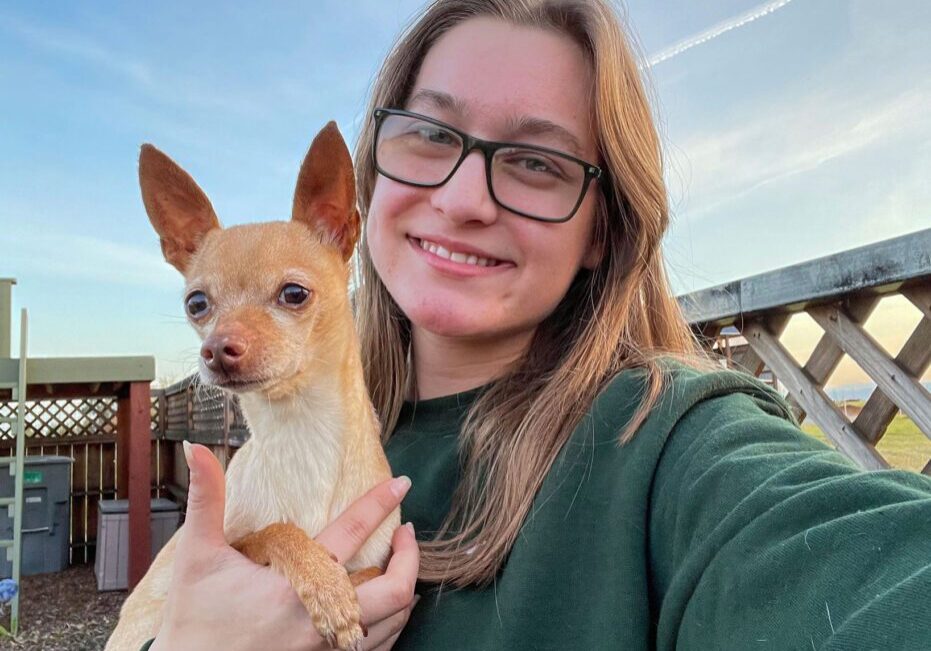Lowering Their Risk
Your teenager’s itching to get into the driver’s seat and you’re terrified? Parents have good reason to feel panicky. The Centers for Disease Control reports that drivers between the ages of 16 and 19 are at the highest risk for automobile accidents. In fact, car crashes are still the number one cause of death among adolescents. But parent involvement can turn these grim figures around. Discussing safe driving behavior and providing calm, practical guidance to your teen dramatically lowers her risk of being in a serious crash.
Inexperience makes teens vulnerable on the road. In addition, they tend to overestimate their skills and are prone to taking risks. For almost two decades, Carol Howard has operated A Plus Safety LLC in Redding, a state-certified driver education and training program. “An experienced driver is better equipped to ignore or override a distraction,” says Howard. “Teens haven’t developed the ‘road sense’ required to do that.”
Gradual Independence
A teen’s driving skills improve most during his first year and first 1,000 – 5,000 miles on the road. Most states, including California, have adopted Graduated Driver Licensing laws aimed at giving teens the road experience they need while restricting driving under specific high-risk conditions.
A teen driver’s risk of being involved in an accident increases with each teen passenger she carries. Serious crashes are also more likely to occur at night. California’s “provisional license”, the intermediate step between a learner’s permit and full-privilege license, allows a teen to drive unsupervised. But she is not allowed to drive between 11 p.m. and 5 a.m., nor carry passengers, including siblings, under age 20 unless accompanied by a licensed driver age 25 or older. These provisions are dropped, and the license automatically becomes full-privilege after a year, or when the teenaged driver turns 18.
No driver under the age of 18 may use electronic devices while driving, even in hands-free mode.
Negotiate
Dave Theno is the program manager for the 6th – 12th grade program at Golden Eagle Charter School in Mt. Shasta. Students feel pressure to give their peers rides, and he says it’s important for parents to remind their teens of the restrictions. “Even if a student has been driving for over a year, you have parental input about when and with whom you are comfortable having your son or daughter drive.”
A trip to the wrecking yard can provide that punch-to-the-gut dose of reality some teens need. Twisted metal and shattered glass show the consequences of distracted driving with absolute clarity.
Remember that a minor needs a parent’s signed consent to get a license. You may revoke consent at any time. Forming a contract with your teen is a good way to be sure both parties understand expectations and consequences. See the CDC’s Parent-Teen Driving Agreement on their website.
Insurance
Families with teen drivers face higher insurance costs. Cesar Montoya, an agent with AAA in Chico, says there’s a common misconception that premiums will be lower if a teen waits until he’s 18 to get his license. “Insurance rates are based on the driver’s experience, rather than age,” says Montoya. Because of specific requirements for younger teen drivers, a 16-year-old may have more behind-the-wheel experience than a newly-licensed 18-year-old.
Montoya says discounts are available to good students and teens who complete an approved driver training course. Parents can increase their deductible to decrease the premium. “I also recommend finding an older safe, reliable vehicle that does not need to be fully insured,” says Montoya. “You can save a lot if you do not need to carry collision insurance on the car.”
Practice
Carol Howard says lots of behind-the-wheel practice makes teens safer on the road. On a learner’s permit, she advises that teens be given as many driving opportunities as possible under varied conditions: day/night, dry/wet/icy pavement, and town/highway. “Ask your child to be the chauffeur…to drive you anywhere you want to go,” she says. “This is how kids become good drivers.”
Dave Theno administers an online driver education curriculum to GECS high school students but says there’s no substitute for practical experience. “Driving is something most people will use all the time as adults,” says Theno. “It’s worthwhile to take it seriously and work to get really good, as early as possible.”
Check out these additional resources:
- State of California Department of Motor Vehicles
- Teen Driver Source
- Keys2Drive (The AAA Guide to Teen Driver Safety)
Sobering Stats
- Drivers ages 16 – 17 are nine times more likely to be involved in a crash than adults.
- Teen drivers with one peer passenger are twice as likely to be involved in a fatal crash compared to when driving alone; additional peer passengers increase the risk.
- Males with passengers in the car are six times more likely to perform an illegal maneuver and more than twice as likely to drive aggressively compared to when they drive alone.
- Almost one-third of fatal crashes involving 16- to 17-year-old drivers occur between 9 p.m. and 6 a.m., though only 14 percent of miles driven by that age group occur during those hours.
Posted in: Youth & Teen
Comment Policy: All viewpoints are welcome, but comments should remain relevant. Personal attacks, profanity, and aggressive behavior are not allowed. No spam, advertising, or promoting of products/services. Please, only use your real name and limit the amount of links submitted in your comment.
You Might Also Like...
North State Teens Give Back To Their Communities With Creativity, Hard Work & Love
Thomas W., Yreka Grace P, Chico Grace is 13 years old and is the president of CCC, a Chico club dedicated to educating others about climate change and doing everything […]

Raising An Expressive Child
Do your children throw temper tantrums when things don’t go their way? Does he hit siblings when he is mad? Does she throw toys across the room when she is […]

Staying Calm In The Face Of Rudeness
With open enthusiasm, a mom picks up her middle-school-age son and friends after soccer practice, offering them bagels as they pile into the car. “Nobody likes whole wheat” is all […]

A Cuddly, Candy-Free Halloween Gift That Children Will Love
Before we know it, Halloween will be here to enchant children big and small. If you are looking for a candy-free Halloween gift for your children, consider giving an adorable, […]



